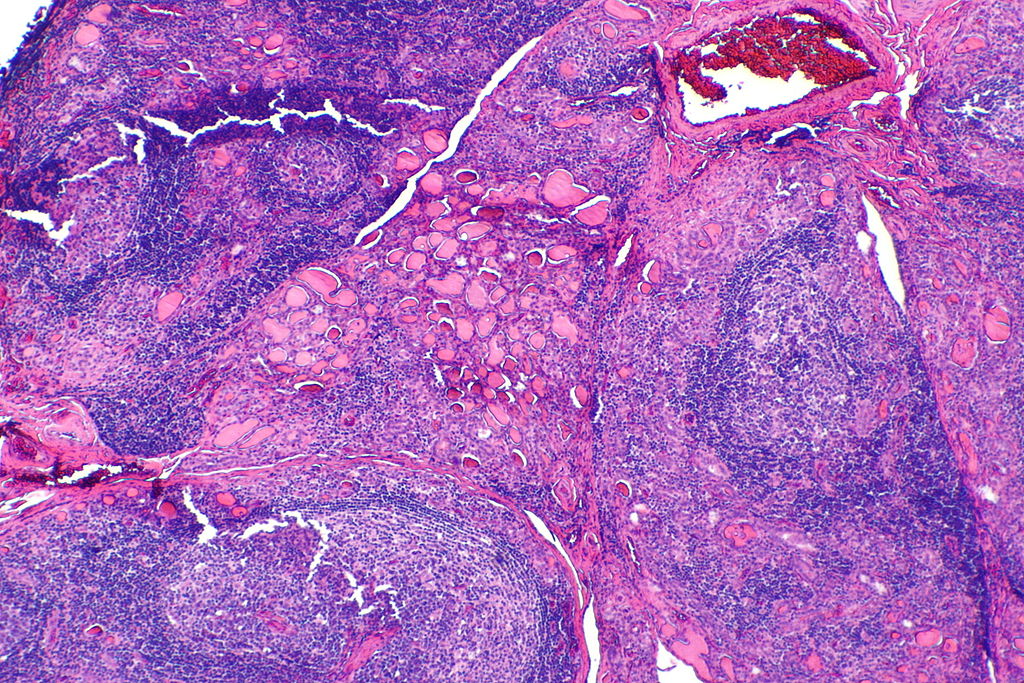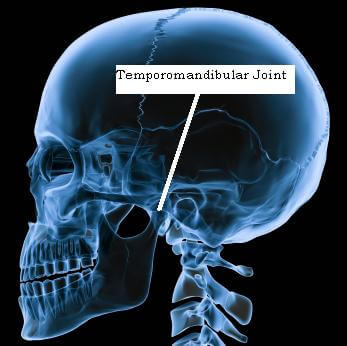

There are also several cysts, previously thought to arise from epithelial remanents trapped in embryonic lines of fusion, most of which are now believed to be odontogenic in origin or have an unknown cause. There are several development cysts of the head and neck most of which form in the soft tissues rather than the bone.

Primordial cyst previous thought to be a unique entity.Eruption cyst a small cyst in the gingiva as a tooth erupts, forming from the degenerating dental follicle.Buccal bifurcation cyst which appears in the buccal bifurcation region of the mandibular first molars in the second half of the first decade of life.Odontogenic keratocyst This lesion may be associated with the Nevoid basal cell carcinoma syndrome.Dentigerous cyst, the second most prevalent cyst, is associated with the crown of non-erupted tooth.This inflammatory cyst originated from a reaction to dental pulp necrosis. Radicular cyst is the most common (up to two thirds of all cysts of the jaws).Some are inflammatory while others are developmental. Odontogenic cysts have histologic origins in the cells of the dental structures. Some cysts may not require any treatment, but if treatment is required, it usually involves some minor surgery to partially or completely remove the cyst in a one or two-stage procedure. Most cysts do not cause any symptoms, and are discovered on routine dental radiographs. As the cyst grows from hydraulic pressure it causes the bone around it to resorb, and may cause movement of teeth or other vital structures such as nerves and blood vessels, or resorb the roots of teeth.

Non-odontogenic cysts form from tissues other than those involved in tooth development, and consequently may contain structures such as epithelium from the nose. Other cysts of the jaws are termed non-odontogenic cysts. The high prevalence of tooth impactions and dental infections that occur in the bones of the jaws is also significant to explain why cysts are more common at these sites.Ĭysts that arise from tissue(s) that would normally develop into teeth are referred to as odontogenic cysts. The reasons why resting epithelium may proliferate and undergo cystic transformation are generally unknown, but inflammation is thought to be a major factor. This "resting" epithelium (also termed cell rests) is usually dormant or undergoes atrophy, but, when stimulated, may form a cyst. The bones of the jaws develop from embryologic processes which fuse together, and ectodermal tissue may be trapped along the lines of this fusion.
MOVABLE LUMP ON JAW JOINT SKIN
The enamel of teeth is formed from ectoderm (the precursor germ layer to skin and mucosa), and so remnants of epithelium can be left in the bone during odontogenesis (tooth development). This is due to the abundant amount of epithelial remnants that can be left in the bones of the jaws. The bones of the jaws, the mandible and maxilla, are the bones with the highest prevalence of cysts in the human body. Oral and Maxillofacial Surgery, DentistryĪ cyst is a pathological epithelial lined cavity that fills with fluid or soft material and usually grows from internal pressure generated by fluid being drawn into the cavity from osmosis (hydrostatic pressure).


 0 kommentar(er)
0 kommentar(er)
